Ota Ward has the most sento (public bath) in Tokyo! With 53 distinctive public baths to choose from I had a hard time deciding which one to pick. Many of the baths feature characteristic hot black water (kuro yu), which are specially found in this area. I decided on Yu-City Kamata, a natural hot spring, or onsen, located just five minutes from JR Kamata Station. It is open from 11:00 to midnight and closed on Tuesdays.
During my rainy day visit to Yu-City Kamata, I spoke with the proprietor to talk about JapanTourist and the article I was hoping to write. Being that I was entering a bathhouse, I did not want to startle people and just begin taking photos without permission. The staff was more than happy to let me take photos inside the lobby area. While I did not visit the karaoke and banquet area, such space is available on the floor above the baths for people to rent for gatherings.
One concern the staff had regarding this article was that foreign guests do not always properly enter the baths and occasionally disregard the rules. Let’s remedy that situation and go over the bathhouse basics. Knowing how to correctly enjoy the baths is both respectful and makes for a more relaxing visit, especially for first-timers. Prior to entering the bathhouse, remove your shoes and place them in a numbered locker. The plastic card serves as your key for retrieving your shoes after the bath. At Yu-City, automated ticket machines dispense admission tickets. Bring the ticket to the front desk to confirm payment. Men and women enter separate sides of the bathhouse. Upon going through the blue or pink curtain, choose a locker and insert a 100-yen coin (reclaimed after locker-use is finished). Remove all of your clothing and bring your soap and shampoo into the bathing area. You can leave your larger towels in the locker and use a smaller towel to cover a bit while walking around, cleanse with if you need, or to dry a bit following the bath. Pick up a stool and bucket and choose an empty spot. Here you will vigorously wash yourself prior to entering the hot springs to ensure the water stays clean and free of dirt and soap. The step-by-step posters pasted within the bathing area and lobby also point out not to jump inside the baths, but I’m not really sure why anyone would willingly dive into 40° Celsius water. Be sure to go to the back of the bathing area and dip into the black water tub. This dark water is pumped from 120 meters underground and has skin soothing properties. The other four baths feature hot water, jets and cold water, the latter being very refreshing after sitting in the hot water. Be mindful of your body and be careful of dehydration; there is a water fountain located in the bathing area. Following your deep soak, feel free to rinse off at the rinse shower or at your bathing station again. Dry off a bit with your small towel and re-enter the changing area. Hair dryers are available for a small fee of 20 yen for two minutes of use.
The public bath experience is something not to miss while in Japan. The feeling of complete relaxation while in the baths is quite heavenly. I will be sure to enjoy more of the black waters while staying in the Ota Ward area.



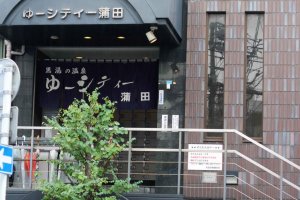
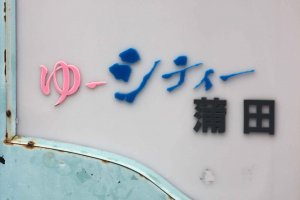
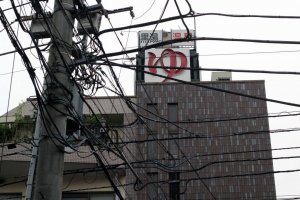
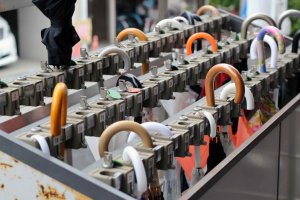
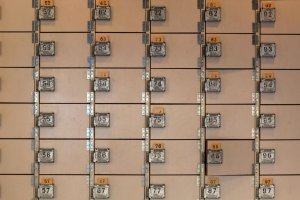




























:)